
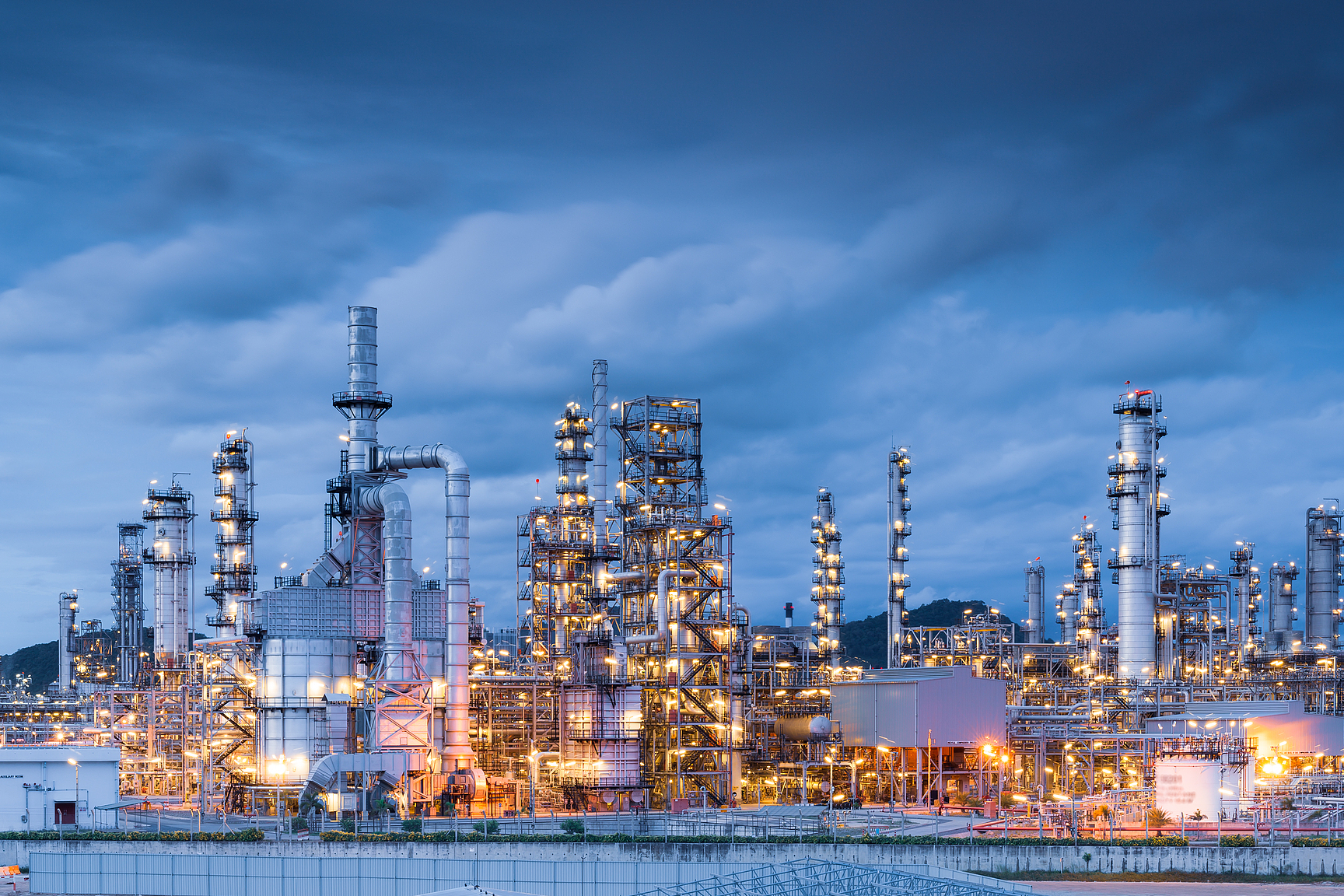

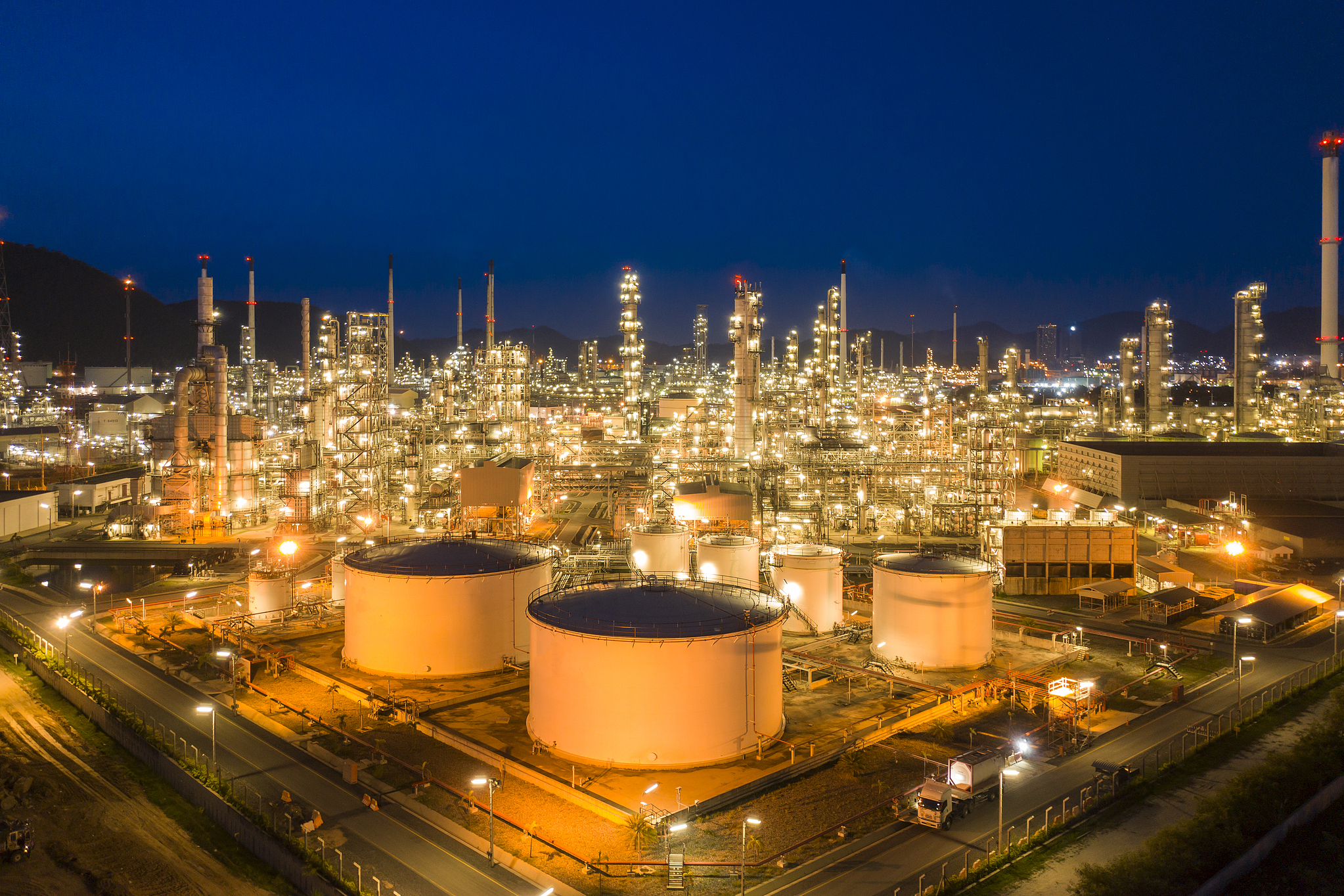

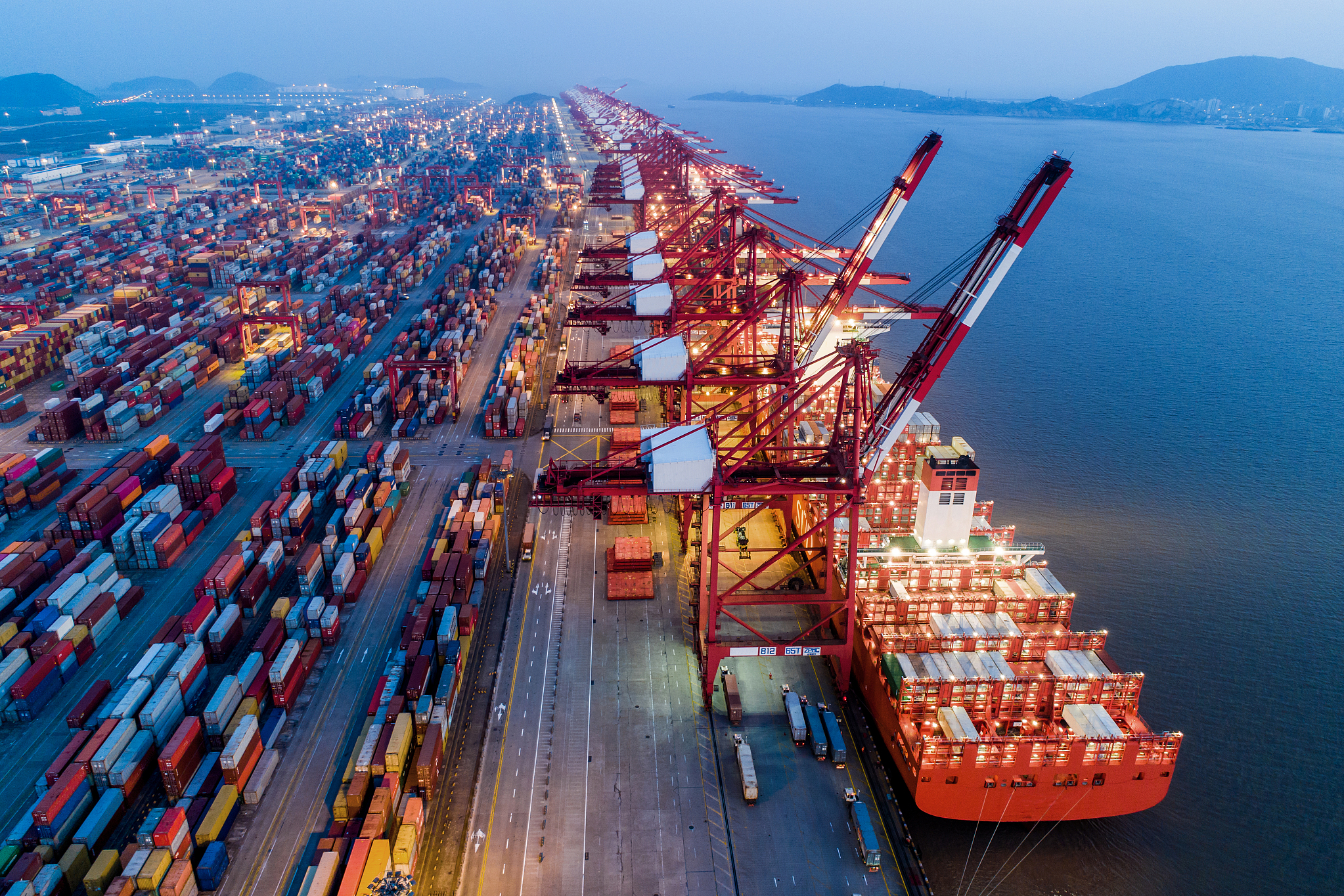
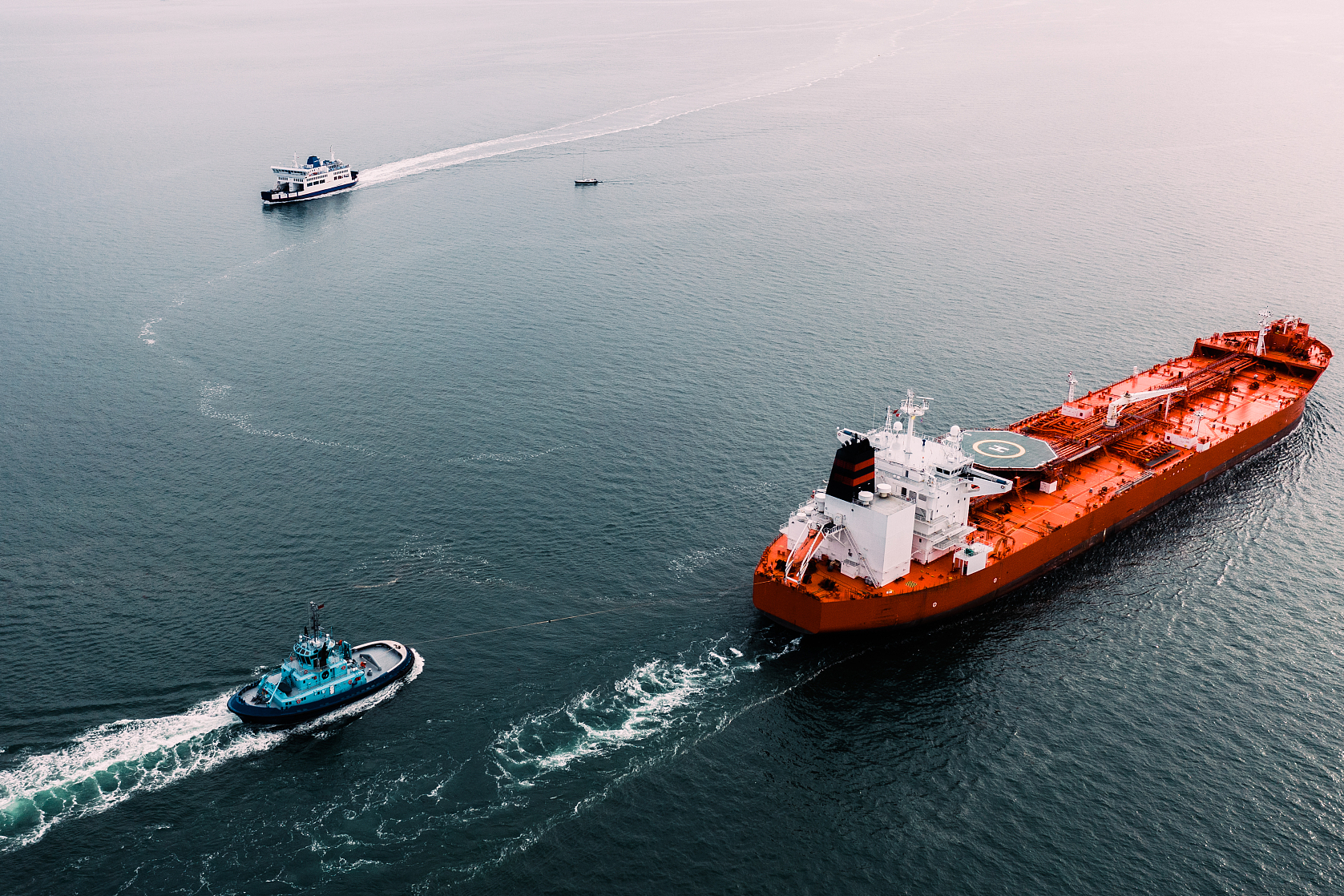


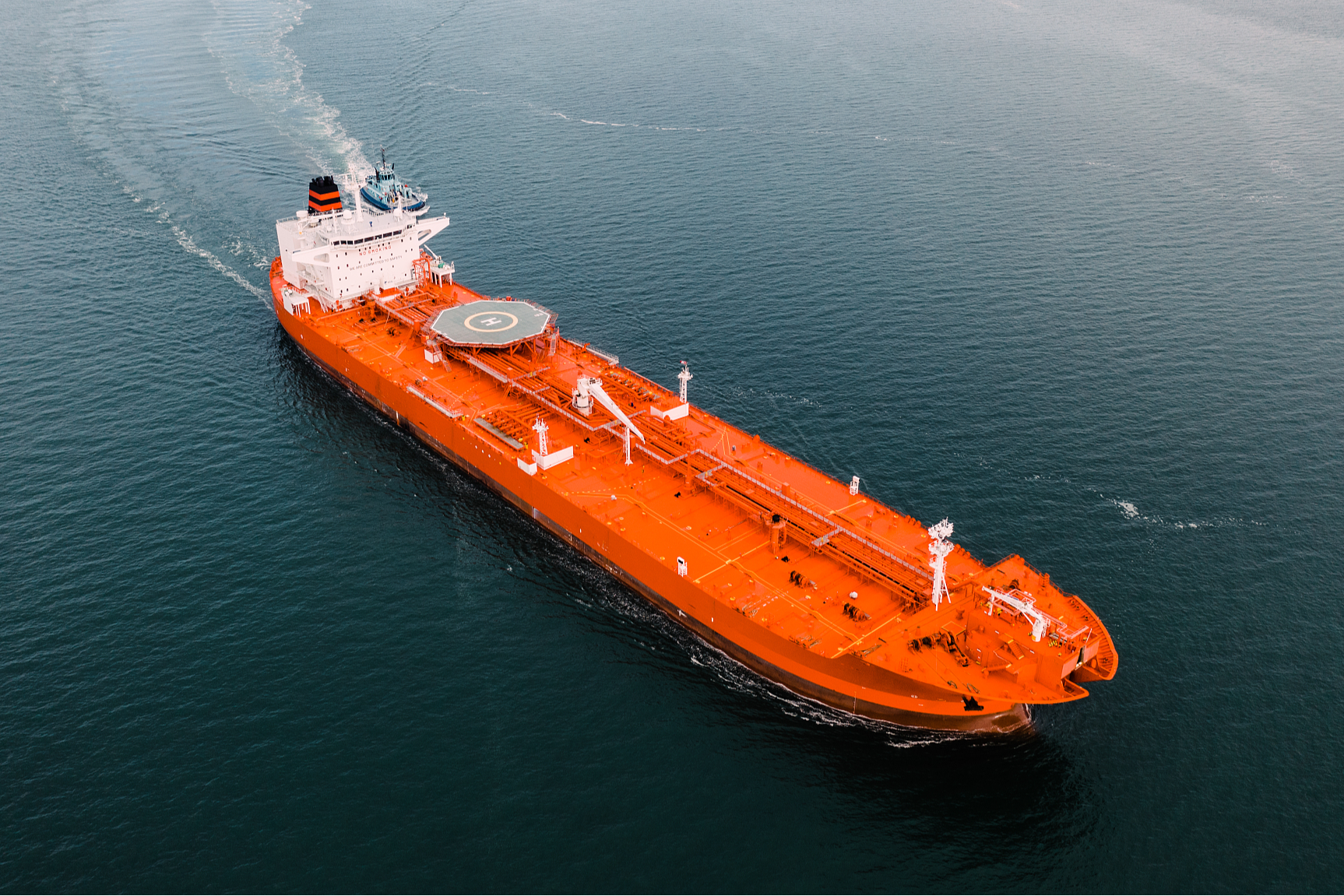
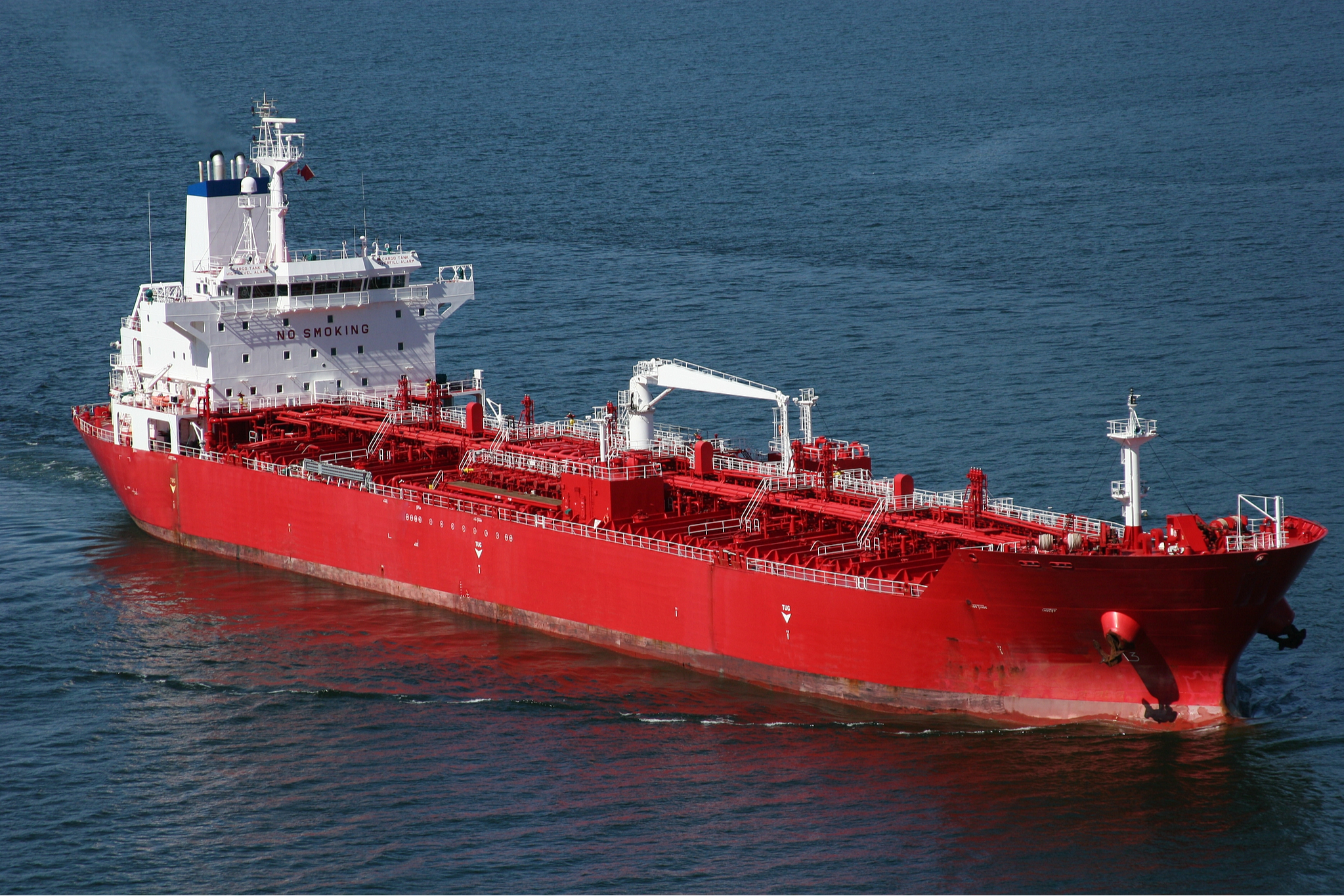

Maleic anhydride stands as a cornerstone chemical compound in today's industrial landscape, driving innovation across multiple sectors and enabling the development of essential products we use daily. This versatile organic compound, with its unique chemical structure and reactive properties, has become indispensable in manufacturing processes worldwide. From construction materials to automotive parts, and from agricultural products to household items, maleic anhydride continues to shape our modern world in remarkable ways.
The industrial significance of maleic anhydride cannot be overstated, as it serves as a crucial building block in the production of various materials and chemicals. Its ability to undergo multiple chemical reactions makes it an invaluable resource for manufacturers seeking to create innovative solutions to complex industrial challenges. Understanding its advantages helps us appreciate why this compound has become so central to modern manufacturing processes.
Maleic anhydride features a unique molecular structure that contributes to its exceptional reactivity. The compound consists of a five-membered ring containing two carbonyl groups and an oxygen atom, making it highly versatile in chemical reactions. This structural arrangement allows for various transformation possibilities, including hydration, esterification, and polymerization reactions, which are essential for numerous industrial applications.
The compound's ability to participate in both addition and condensation reactions makes it particularly valuable in synthetic chemistry. Its reactivity with various chemical species enables the production of diverse end products, each with specific industrial applications and benefits. This versatility in chemical behavior is what makes maleic anhydride such a valuable industrial compound.
Modern manufacturing of maleic anhydride primarily relies on the catalytic oxidation of n-butane, a process that has been refined over decades to achieve optimal efficiency and yield. This method represents a significant advancement over earlier production techniques and has helped reduce production costs while increasing output quality. The process demonstrates remarkable selectivity and provides high purity product, essential for downstream applications.
The production efficiency of maleic anhydride continues to improve with technological advancements in catalyst design and process optimization. These improvements have led to reduced energy consumption and environmental impact, making the compound more sustainable and economically viable for industrial use.
One of the most significant applications of maleic anhydride lies in the polymer industry, where it plays a crucial role in the production of unsaturated polyester resins (UPR). These resins find extensive use in the manufacture of fiber-reinforced plastics, which are essential components in construction, marine, and automotive industries. The compound's ability to form cross-linked structures results in materials with exceptional strength and durability.
Beyond UPR, maleic anhydride serves as a key modifier in the production of various polymers, improving their properties and expanding their application range. Its use in graft copolymerization has led to the development of advanced materials with enhanced performance characteristics, opening new possibilities in material science and engineering.
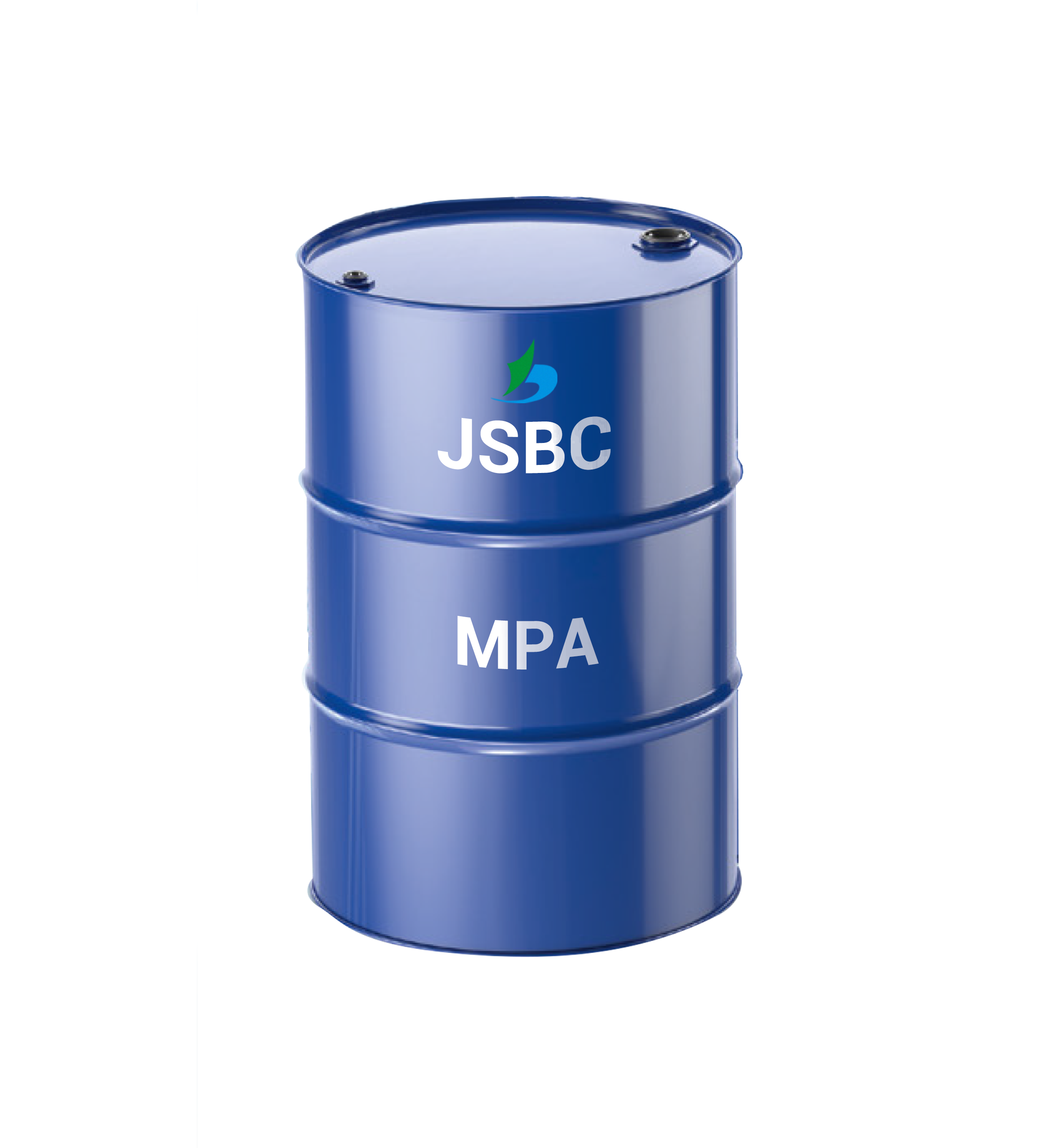
In agriculture, maleic anhydride contributes to the development of effective pesticides and plant growth regulators. Its chemical properties make it an excellent starting material for synthesizing various agricultural chemicals that help protect crops and improve yields. The compound's role in producing soil conditioners and fertilizer additives has significantly impacted modern farming practices.
The agricultural sector continues to benefit from new applications of maleic anhydride-based products, particularly in sustainable farming solutions. These innovations help address growing food security challenges while maintaining environmental responsibility.
The chemical industry increasingly focuses on sustainable practices, and maleic anhydride production has adapted to meet these demands. Modern manufacturing processes incorporate green chemistry principles, reducing waste and improving energy efficiency. Manufacturers are investing in cleaner production technologies and exploring bio-based feedstock alternatives to traditional petroleum-based sources.
Environmental impact assessments have led to improved handling and disposal protocols for maleic anhydride and its derivatives. These advancements ensure that the industrial advantages of the compound can be maintained while minimizing environmental footprint.
The global market for maleic anhydride continues to expand, driven by growing demand across various industrial sectors. Emerging applications in biodegradable polymers and green technologies present new opportunities for market growth. Research and development efforts are focused on discovering novel applications and improving existing processes to meet evolving industry needs.
Industry analysts project sustained growth in maleic anhydride demand, particularly in developing economies where industrial infrastructure is rapidly expanding. This growth is supported by ongoing technological innovations and increasing awareness of the compound's versatility in industrial applications.
Maleic anhydride is essential due to its versatile chemical properties that enable the production of various industrial materials, including unsaturated polyester resins, agricultural chemicals, and specialty polymers. Its unique molecular structure and reactivity make it invaluable for numerous manufacturing processes and applications.
The compound contributes to sustainable manufacturing through improved production processes that reduce energy consumption and waste generation. It also plays a role in developing eco-friendly materials and biodegradable products, supporting the industry's transition toward greater environmental responsibility.
Safe handling of maleic anhydride requires proper personal protective equipment, adequate ventilation, and strict adherence to storage and handling protocols. The compound should be kept away from moisture and heat sources, and workers should be trained in appropriate emergency response procedures.
The global market is projected to experience steady growth, driven by increasing demand in emerging economies and new applications in sustainable technologies. Ongoing research and development efforts are expected to unlock additional uses and improve production efficiency, further expanding market opportunities.
 Hot News
Hot News2025-07-25
2025-06-16
2025-04-07
2025-04-07
2025-04-07
2025-12-03

